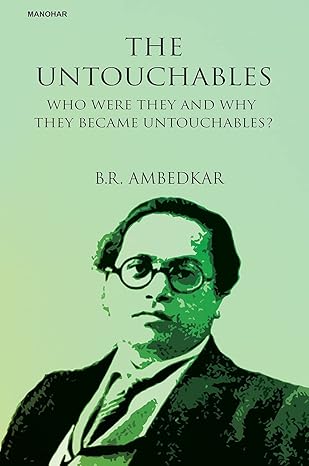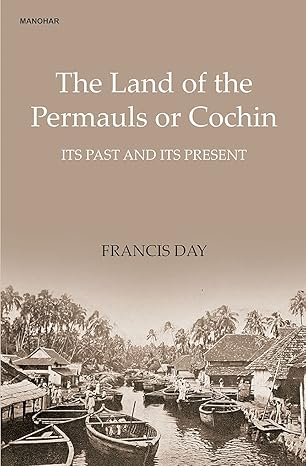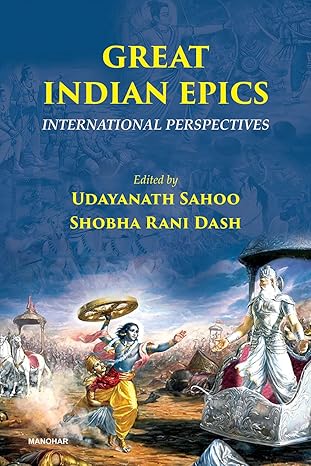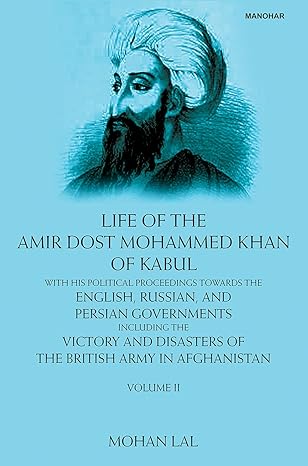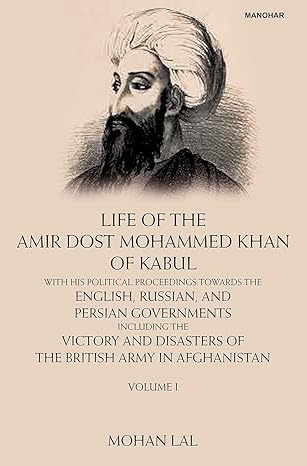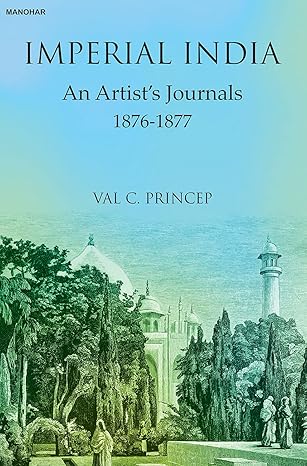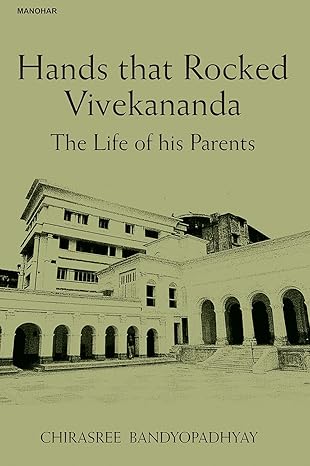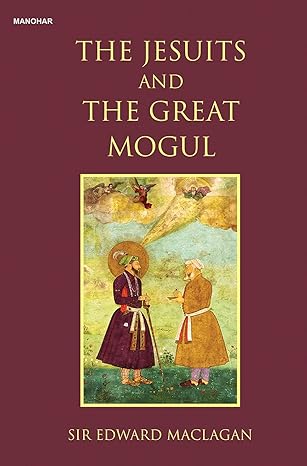History
Featured Products
The Untouchables: Who Were They and Why They Became Untouchables?
₹551.30
M.R.P.:₹ 745.00
You Save: ₹193.70 (26.00% OFF)
The Land of the Permauls or Cochin: Its Past and Its Present
₹1,443.75
M.R.P.:₹ 1,875.00
You Save: ₹431.25 (23.00% OFF)
Great Indian Epics: International Perspectives
₹860.40
M.R.P.:₹ 1,195.00
You Save: ₹334.60 (28.00% OFF)
Life of the Amir Dost Mohammed Khan OF Kabul, Vol- II
₹1,202.50
M.R.P.:₹ 1,625.00
You Save: ₹422.50 (26.00% OFF)
Life of the Amir Dost Mohammed Khan of Kabul, Vol 1
₹1,134.00
M.R.P.:₹ 1,400.00
You Save: ₹266.00 (19.00% OFF)
Hands that Rocked Vivekananda: The Life of his Parents
₹992.25
M.R.P.:₹ 1,225.00
You Save: ₹232.75 (19.00% OFF)
The Native Races of the British Empire: Natives of Northern India
₹928.25
M.R.P.:₹ 1,175.00
You Save: ₹246.75 (21.00% OFF)


